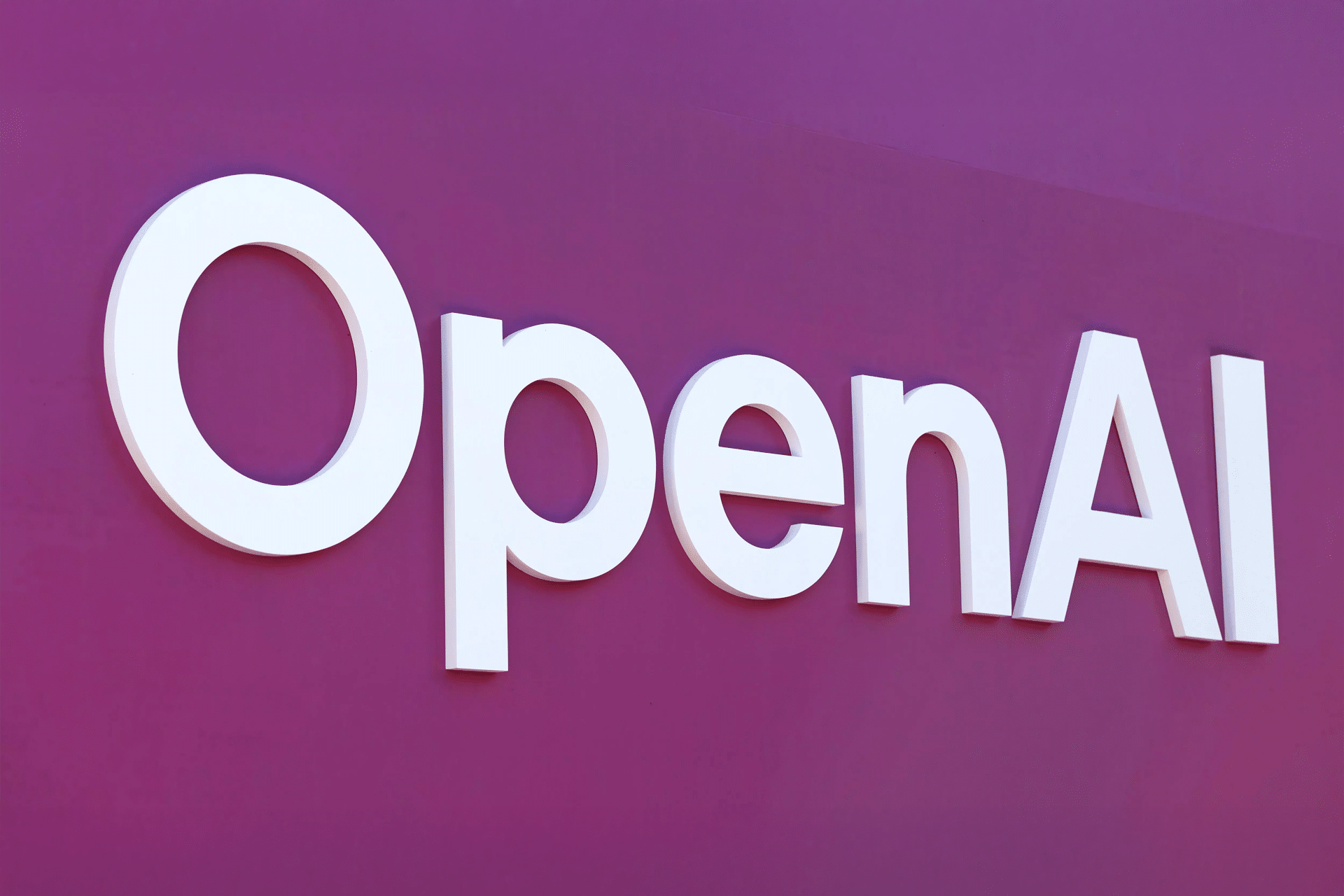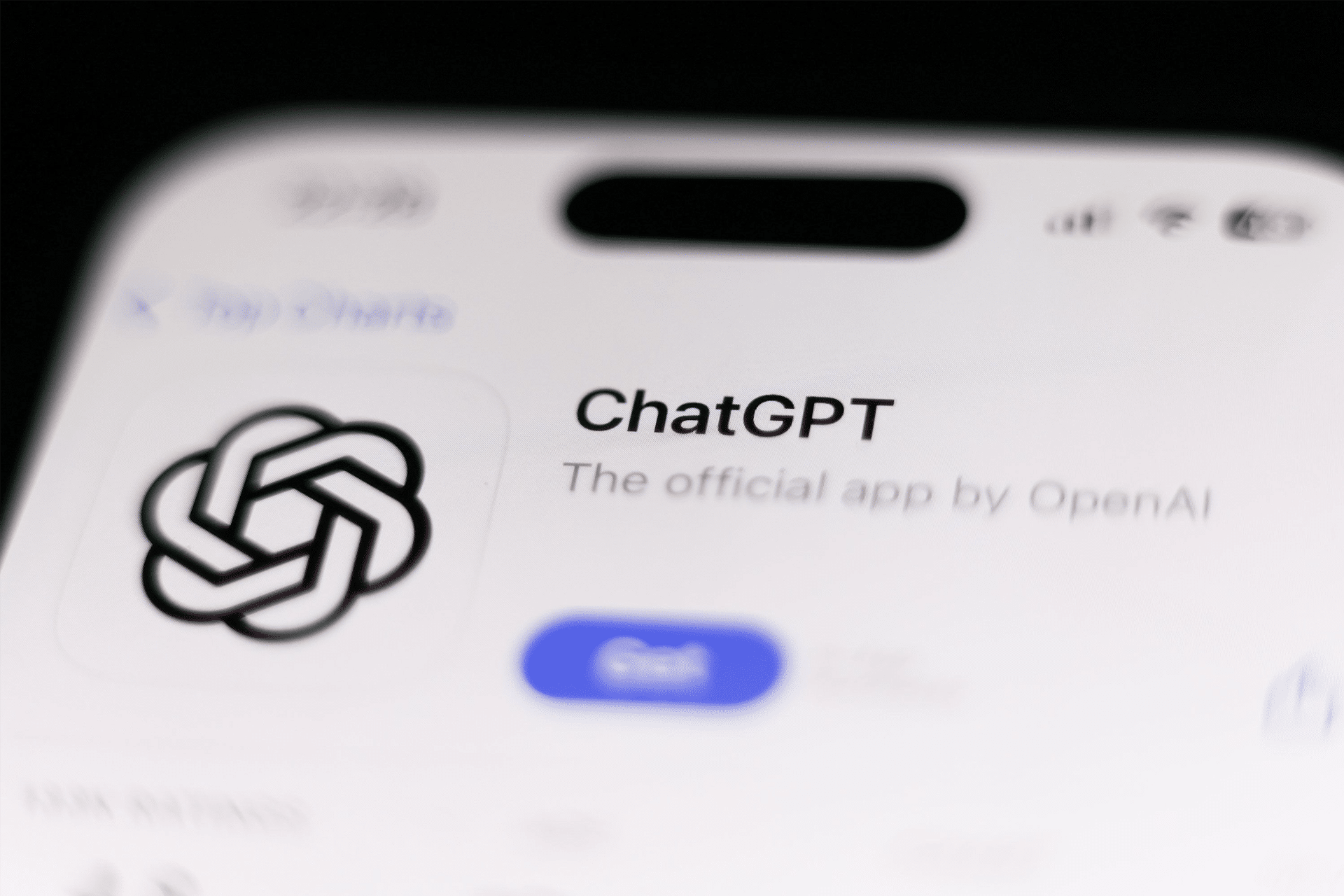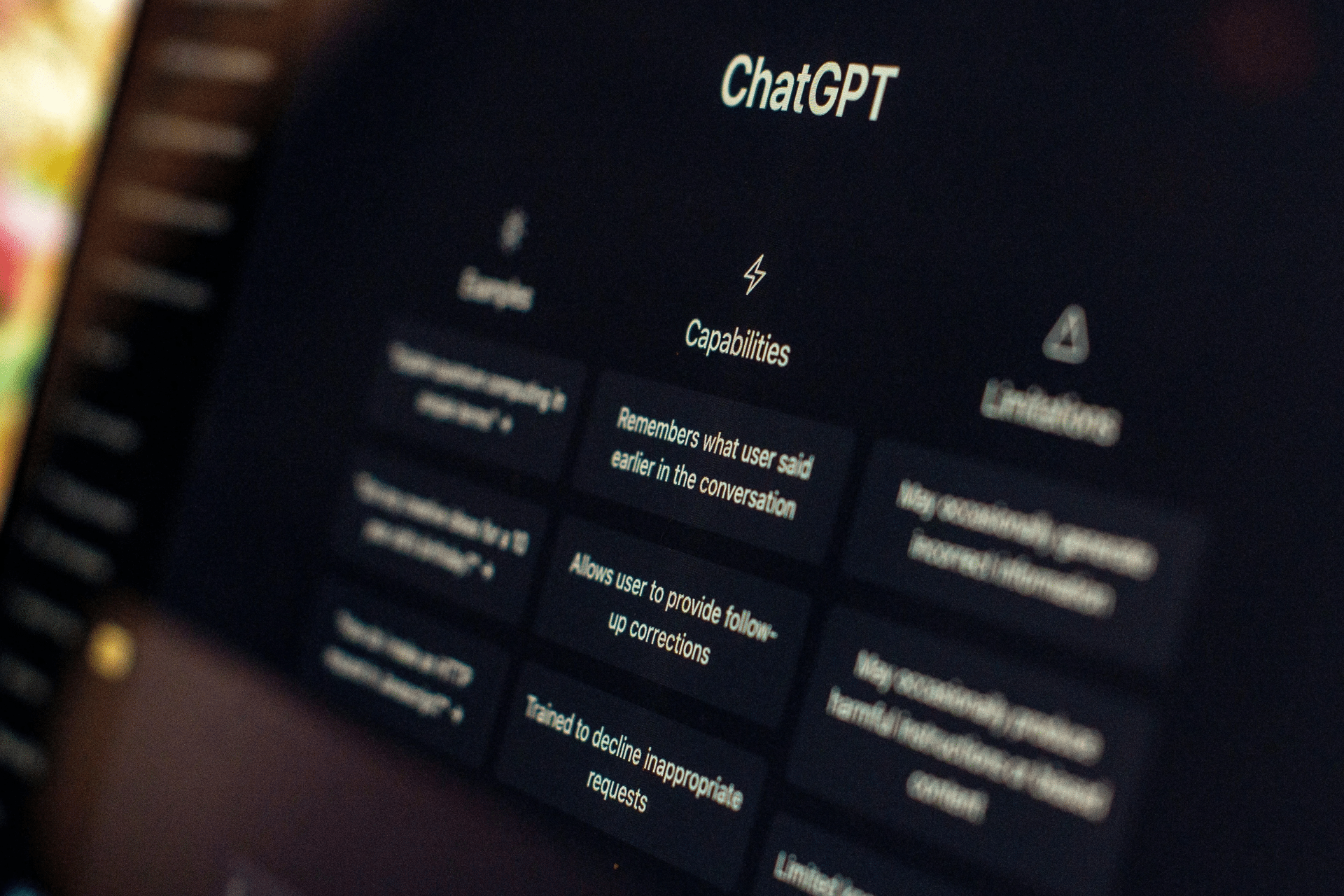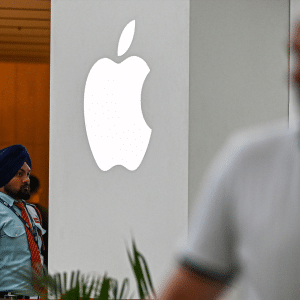OpenAI is continuing its global push to make generative AI more accessible by expanding its cheapest ChatGPT plan to 16 new countries across Asia. The move represents one of OpenAI’s largest regional expansions to date, part of a broader strategy to cement ChatGPT’s position in emerging markets as competition in the AI sector intensifies.
Expanding Access to Generative AI
The new rollout includes markets such as Indonesia, Malaysia, Vietnam, Thailand, the Philippines, Bangladesh, Sri Lanka, and Nepal, among others, giving millions of new users access to the same language model capabilities available in Western markets. OpenAI said the plan offers an affordable entry point for individuals and small businesses seeking to use ChatGPT for everyday productivity, learning, and creative tasks.
The plan, priced lower than the company’s ChatGPT Plus tier, gives subscribers access to GPT-4 capabilities at reduced usage limits — a compromise designed to balance accessibility with infrastructure demands. Users can still generate text, code, and images, with slightly slower response times compared to the full Plus experience.
By expanding the plan to price-sensitive regions, OpenAI aims to capture a growing user base that has shown interest in AI tools but has been constrained by subscription costs and limited payment options.
A Strategic Push Into New Markets
Asia has become a key frontier for generative AI adoption. With hundreds of millions of English-speaking internet users and a fast-growing digital economy, the region represents an enormous potential market for companies like OpenAI.
According to industry analysts cited by CNBC, the company’s move also positions it ahead of rivals like Anthropic, Google DeepMind, and Baidu, which have been slower to scale their consumer AI offerings across multiple Asian territories.
The expansion aligns with CEO Sam Altman’s stated goal of democratizing AI access globally while maintaining compliance with local regulatory standards. Each country in the new rollout will have tailored data and billing frameworks to meet local payment and privacy laws, including integration with regional mobile payment platforms.

Building Local Infrastructure
To support the rollout, OpenAI is reportedly working with regional data providers and cloud partners to improve latency and reliability across Southeast Asia and South Asia. While the company has not disclosed specific infrastructure investments, analysts suggest that OpenAI is leveraging Microsoft’s Azure data centers in Singapore and India to scale access efficiently.
Faster response times and localized infrastructure will be critical for retaining new users, especially as demand for ChatGPT’s multimodal features — such as image generation and voice input — continues to grow.
The Bigger Picture
The launch of the lower-cost plan in Asia mirrors OpenAI’s broader strategy in Latin America and Africa earlier this year. In those regions, the company saw rapid adoption among students, small business owners, and developers using ChatGPT for education, translation, and lightweight content generation.
This expansion also reflects OpenAI’s shift toward regional adaptation, rather than one-size-fits-all deployment. The company is increasingly tailoring its offerings by price, performance, and feature set to meet local economic realities — a significant evolution from its initial Western-centric subscription model.
The Competitive Landscape
OpenAI’s move comes as competition in the AI space accelerates across Asia. Local startups, such as Grok AI in South Korea and HuggingChat-based projects in India, have gained traction by offering free or localized generative AI models. However, none yet match OpenAI’s global integration across productivity tools or its continued partnership ecosystem, including collaborations with Microsoft’s Copilot and Shopify’s AI checkout systems.
For OpenAI, this expansion not only broadens its customer base but also strengthens its global data feedback loop — essential for improving model accuracy and responsiveness in diverse linguistic and cultural contexts.
A Step Toward Broader AI Inclusion
By making ChatGPT more affordable in Asia, OpenAI is signaling a strategic focus on inclusivity and scale rather than purely premium monetization. As AI becomes embedded in education, business, and entertainment across the region, this rollout could serve as a catalyst for broader adoption of generative tools in everyday life.
While OpenAI hasn’t disclosed user targets, analysts expect the expansion to add tens of millions of potential subscribers by mid-2026, significantly boosting the platform’s global footprint.








